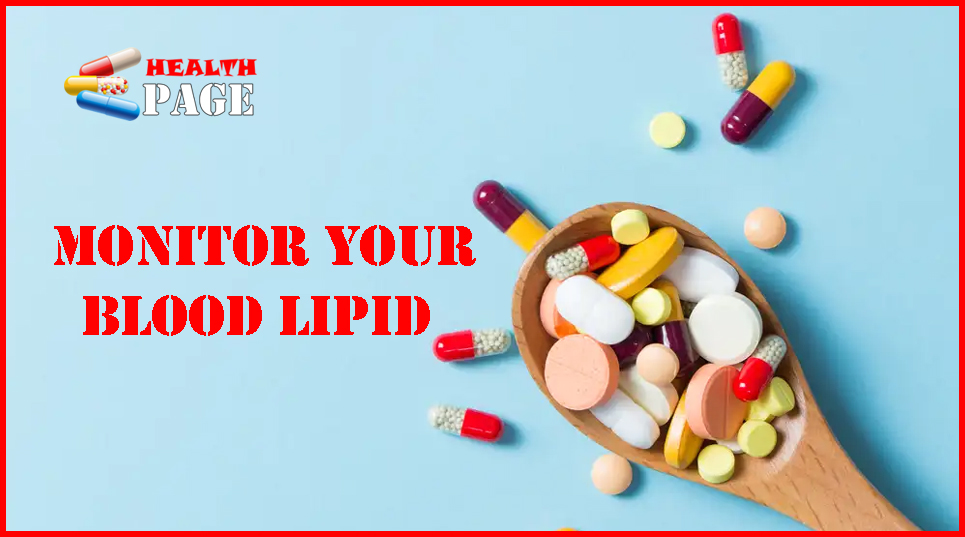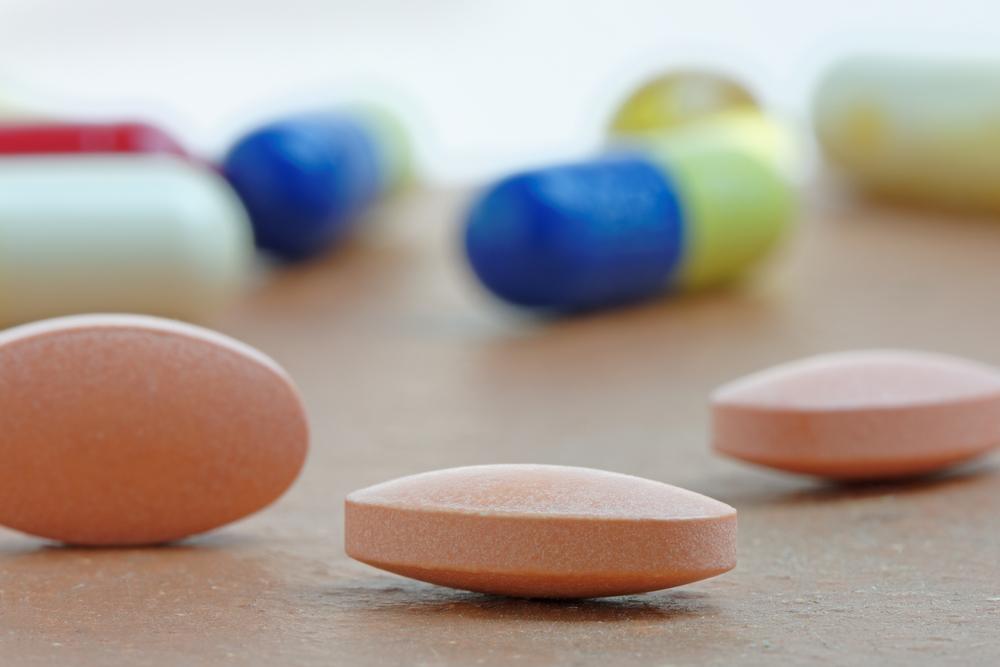
If your blood lipids are not up to standard after taking statins, you can try Category 2 drugs
Nowadays, cardiovascular disease, as the “number one killer” of human health, threatens the health of more and more people. For people at high risk of cardiovascular disease, elevated LDL-C is one of the biggest risk factors. Therefore, if you want to prevent cardiovascular disease, controlling LDL-C to meet the standard is the top priority. However, it is not easy to lower LDL-C to the ideal level, especially for patients with existing cardiovascular and cerebrovascular diseases.
For this reason, more and more lipid-lowering drugs are gradually entering the clinic. They can be take in combination with statins or alone. Providing more options for patients whose blood lipids do not meet the standard after taking statins and those who are intolerant to statins. The two types of drugs mentioned below are one of them. They are the two types of drugs that have just been included in the latest medical insurance catalog.

1. Compound lipid-lowering drugs: Ezetimibe atorvastatin calcium tablets, rosuvastatin ezetimibe tablets
The combination of statins and ezetimibe can lower LDL-C through different pathways to achieve better results. Among them, the two compound preparations of rosuvastatin ezetimibe tablets I and ezetimibe atorvastatin calcium tablets II have been included in the latest medical insurance catalogue and will be officially implemented in 2025.
1. Advantages
① Synergistic lipid-lowering: The combination of the two can reduce blood lipids from different pathways. Which can more effectively reduce LDL-C levels and improve the lipid-lowering target rate.
② Convenient to take: The two drugs are made into a compound preparation, which reduces the inconvenience of patients taking multiple drugs and improves medication compliance. Patients only need to take it once a day to get the lipid-lowering effects of the two drugs at the same time.
2. Applicable groups
① Those who fail to reach the target value after using statins alone: For patients, whose LDL-C still fails to reach the target value after using statins. The use of compound lipid-lowering drugs can be considered to enhance the lipid-lowering effect.
② Patients with high-risk cardiovascular diseases: For patients with a clear history of cardiovascular and cerebrovascular diseases, such as coronary heart disease, cerebral infarction, etc., and with elevated LDL-C, the use of compound lipid-lowering drugs can help to more strictly control blood lipids and reduce the risk of recurrence of cardiovascular events.

3. How to use the medicine
The starting dose is usually one tablet once a day. If necessary, the dose can be adjust base on the patient’s individual response and tolerance. The dose should be adjust under the guidance of a doctor. The tablet should be swallow whole and can be take at any time of the day without being affect by meals.
4. Side Effects
① Gastrointestinal reactions: relatively common, with symptoms such as nausea, vomiting, abdominal pain, diarrhea or constipation. Generally, the symptoms are relatively mild and most patients can tolerate them. If the symptoms seriously affect the quality of life, you need to inform your doctor to adjust the treatment plan.
② Increased liver transaminases: Some patients may experience increased transaminases, which is related to the adverse liver reactions of statins. Liver function should be monitor regularly during medication. If the transaminases are found to be elevated by more than 3 times the upper limit of normal, the drug should be discontinue and the liver condition should be further evaluated.
③ Muscle symptoms: A small number of patients may experience muscle pain, weakness or cramps. Which may develop into rhabdomyolysis in severe cases, but this is relatively rare. If unexplained muscle symptoms occur, especially when accompanied by elevated creatine kinase, seek medical attention promptly and suspend medication.

5. Precautions for use
① Monitoring indicators: Blood lipids, liver function, creatine kinase and other indicators should be monitor regularly during medication. The first reexamination is generally perform 4-8 weeks after medication. If there is no abnormality, the reexamination interval can be gradually extend, but long-term attention is still require.
②Drug interactions: Inform your doctor of other drugs you are taking, because both ezetimibe and statins may interact with other drugs. For example, certain antibiotics, antifungal drugs, fibrate lipid-lowering drugs, etc. That may affect their metabolism and increase the risk of adverse reactions.
③Special populations: Pregnant women, lactating women, children and patients with severe liver damage should use it with caution or prohibit it. Elderly people should pay close attention to adverse reactions when using it and adjust the dosage according to their renal function and other conditions.
2. PCSK9 inhibitor : Tolcizumab

1. Advantages
① Effective lipid-lowering: Clinical studies have shown that tolcizumab can reduce LDL-C by more than 60%, and has significant effects on some patients with refractory hypercholesterolemia.
② Long dosing interval: It is usually administer by subcutaneous injection, once every 2, 4 or 6 weeks. Compare with some oral lipid-lowering drugs that need to be take daily, it greatly improves the convenience and medication compliance of patients.
2. Applicable groups
① Patients who are intolerant to or have poor effects on statins: For patients who have severe adverse reactions after using statins (such as muscle pain, elevate liver enzymes, etc.) and cannot continue to use statins, or whose LDL-C is still far from the target after statin treatment (such as patients with familial hypercholesterolemia), tolcizumab may be consider.
② Patients with extremely high-risk cardiovascular disease: For patients with severe cardiovascular diseases such as acute coronary syndrome, post-coronary artery bypass grafting, ischemic cardiomyopathy and high LDL-C levels, tolcizumab can be use as an option for intensive lipid-lowering therapy to further reduce the risk of cardiovascular events.
3. How to use the medicine
Subcutaneous injection is generally perform by professional medical staff. The injection site can be the abdomen, thigh or outer side of the upper arm. When the first injection is give, the patient should be closely observe in the medical institution for adverse reactions such as allergic reactions. The injection dose and time interval every 2 weeks, 4 weeks or 6 weeks are determine according to the patient’s specific situation.

4. Side Effects
① Injection site reaction: This is a common adverse reaction, including pain, erythema, itching, swelling, etc. at the injection site. It usually occurs within a short period after injection. Most symptoms are mild and can be relieve on their own or after local treatment.
② Risk of infection: The incidence of infection may be slightly increase, but the overall risk is relatively low. During medication, patients should be carefully observe for symptoms of infection such as fever, cough, frequent urination, and urgency to urinate. If any abnormality is found, seek medical attention immediately.
③Allergic reaction: Very few patients may experience allergic reactions, such as rash, urticaria, angioedema, anaphylactic shock, etc. The first injection should be perform in a medical institution with emergency conditions, and the patient’s reaction should be closely observe. Once allergic symptoms occur, appropriate emergency measures should be take immediately.
5. Precautions for use
① Inquiry about allergy history: Before using tolerizumab, the patient should be ask in detail whether he has a history of drug allergy, food allergy or other allergies. Especially for patients who are allergic to biological products, it should be use with caution.
② Vaccination: If you need to be vaccinate during the use of this drug, you should inform your doctor. It is generally recommend to adjust the injection time of Tolcizumab appropriately before or after vaccination to avoid mutual influence between vaccination and drug treatment.
③ Monitoring and follow-up: During medication, blood lipids, liver function, blood routine and other indicators need to be monitor regularly. The patient’s adverse reactions should be observe. Patients should have regular follow-up visits, and the treatment plan should be adjust
